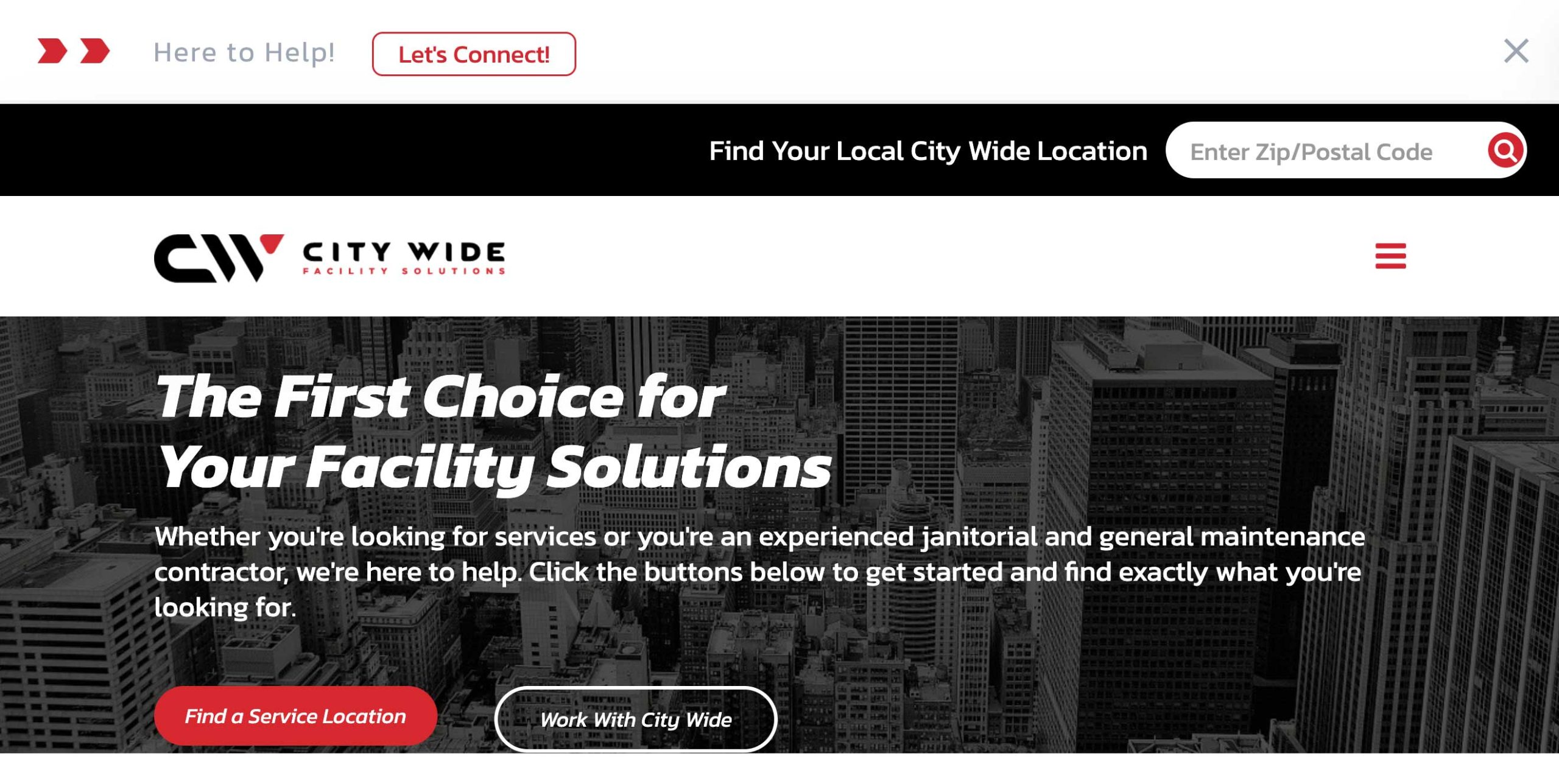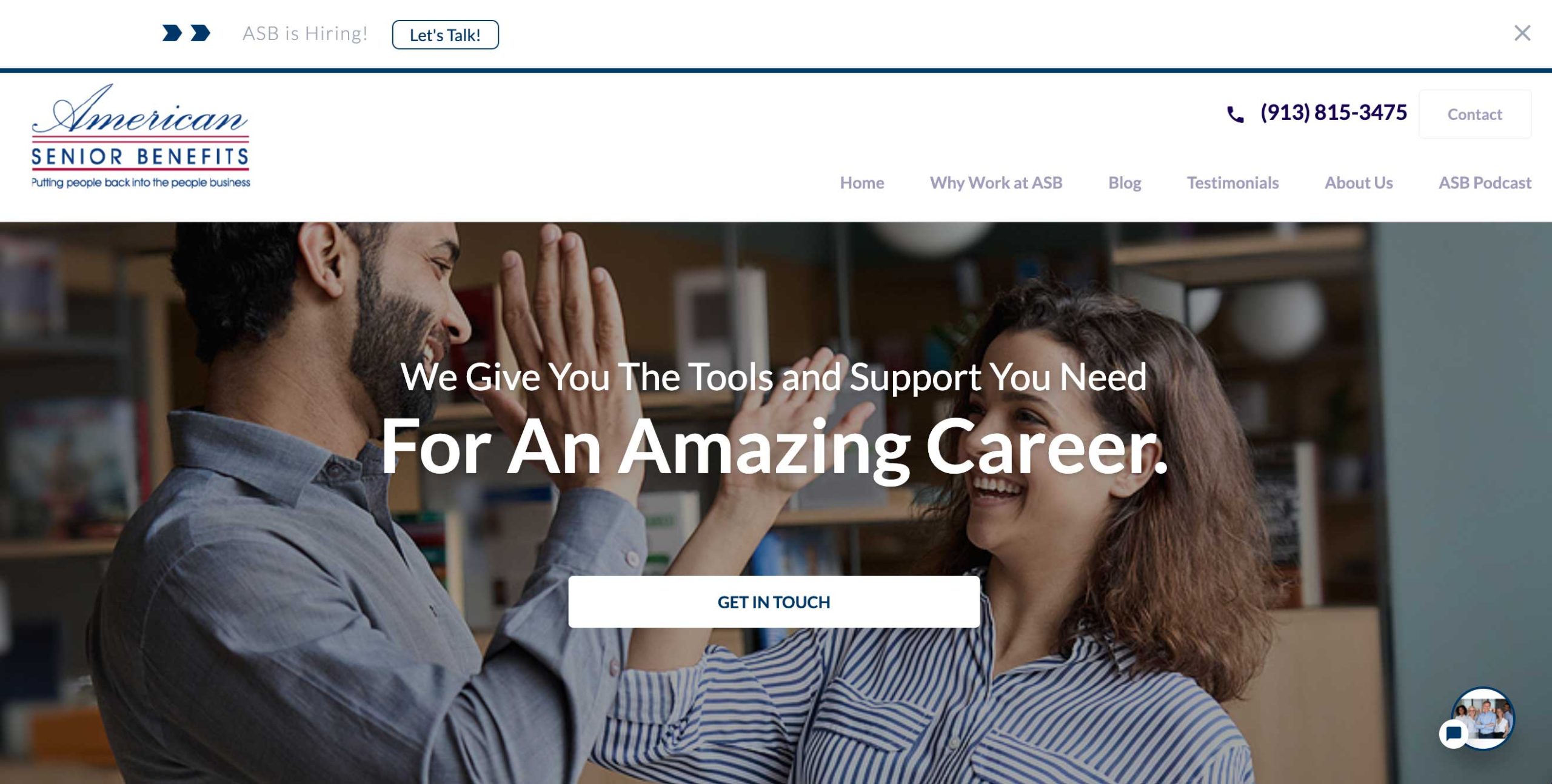As insurers grapple with the increasing demand for personalized and seamless interactions via mobile apps, the integration of advanced technologies such as AI and machine learning becomes imperative for the future of mobile apps.
These innovations promise to revolutionize user experiences and streamline operations, yet they also raise significant questions about data security and consumer trust. Are insurers ready for the future of mobile future of mobile apps? Head-on?
Current State of Insurance Apps
A significant increase in user adoption characterizes the current landscape of insurance apps. It is driven by enhanced functionalities, streamlined user interfaces, and the integration of advanced technologies: artificial intelligence and machine learning.
Data shows that the market penetration of the future of mobile apps has surged. 67% of policyholders now utilize mobile platforms to manage their insurance needs, a notable increase from 45% just three years ago.
Regulatory compliance remains a cornerstone for these applications, influencing design and operational attributes. Adhering to stringent data protection regulations such as GDPR and CCPA, insurance apps are increasingly incorporating secure, compliant frameworks to protect user information and promote transparency.
This focus on compliance is not merely a legal obligation but a strategic advantage, enhancing user trust and facilitating broader market acceptance.
The integration of AI and machine learning is pivotal, enabling predictive analytics, personalized recommendations, and fraud detection. Therefore, improving customer satisfaction and operational efficiency.
Consumer Expectations
As consumer expectations continue to evolve, a seamless user experience has become a non-negotiable standard, with 88% of users less likely to return to an app after a poor experience.
Additionally, personalization and customization have emerged as critical factors. 80% of consumers are more likely to make purchases when brands offer personalized experiences.
These trends underscore the necessity for mobile apps to not only meet but exceed user demands in order to remain competitive in the future of mobile apps.
Seamless User Experience
Meeting consumer expectations for a seamless user experience demands a meticulous integration of intuitive design, rapid responsiveness, and personalized interactions, supported by data-driven insights. Insurers must prioritize user feedback to continuously refine and enhance their mobile applications.
According to a 2022 survey by Gartner, 64% of users reported abandoning apps due to poor navigation, underscoring the critical importance of intuitive navigation.
A seamless user experience is characterized by the ability to effortlessly access information, complete transactions, and interact with services without friction. Data analytics play a pivotal role in identifying and rectifying pain points. For instance, tracking user behavior within the app can highlight common drop-off points, enabling insurers to implement targeted improvements.
Furthermore, rapid responsiveness is non-negotiable in today’s fast-paced digital landscape. A study by Google revealed that 53% of mobile users abandon sites that take longer than three seconds to load, emphasizing the need for optimized performance.
Personalization and Customization
A staggering 80% of consumers are more likely to engage with a brand that offers personalized experiences, as reported by a recent Epsilon survey. This profound inclination towards personalization underscores a critical shift in user behavior within the insurance sector. Today’s consumers expect not just generic services but tailored interactions that meet their unique needs and preferences.
Insurers must leverage data analytics and machine learning to develop personalized policies that resonate with individual user profiles. By analyzing user behavior—such as browsing history, claim patterns, and lifestyle choices—insurers can craft customized insurance offerings. This not only enhances customer satisfaction but also fosters long-term loyalty.
Technological Innovations
Technological innovations are set to revolutionize the mobile app landscape, with AI-powered claims processing projected to reduce handling times by up to 70%. Blockchain technology is increasingly being adopted to enhance data security, providing immutable and transparent transaction records. Additionally, real-time risk assessment facilitated by advanced analytics can greatly improve decision-making processes in various industries.
AI-Powered Claims Processing
Leveraging artificial intelligence in claims processing is revolutionizing the insurance industry by greatly reducing processing times and increasing accuracy. Automation benefits are particularly evident in the instantaneous evaluation of claims, which traditionally could take weeks.
According to a report by McKinsey, AI can reduce the claims adjustment process by up to 70%, translating to significant cost savings and enhanced customer satisfaction. Automation allows for quicker settlements, thereby improving the overall efficiency of the claims process.
Moreover, AI-powered fraud detection mechanisms offer a more robust defense against fraudulent claims. Ernst & Young estimates that insurance fraud costs the industry over $40 billion annually in the U.S. alone. AI algorithms can analyze vast amounts of data to identify anomalies and patterns indicative of fraud. After that, it provides insurers with a more proactive approach to fraud management.
For instance, machine learning models can flag suspicious activities in real-time, which human analysts might overlook.
Incorporating AI into claims processing not only streamlines operations but also fortifies the integrity of the insurance system. As insurers increasingly adopt these technological advancements, the dual benefits of enhanced efficiency and strengthened fraud detection will likely drive the industry forward.
Blockchain for Data Security
Blockchain technology is emerging as a pivotal solution for enhancing data security across various sectors, including mobile app development. Insurers are increasingly exploring blockchain to protect sensitive customer information and streamline operational processes. Central to blockchain’s security benefits are decentralized ledgers, which eliminate single points of failure and reduce the risk of data breaches.
A decentralized ledger records transactions across multiple nodes, ensuring that data is immutable and transparent. Smart contracts further augment blockchain’s utility in the insurance sector. These self-executing contracts with predefined rules can automate claim processing.

It is ensuring that transactions are carried out only when specific conditions are met. This automation reduces human errors, speeds up processes, and enhances trust between insurers and customers.
Analyzing the industry’s adoption, a recent Deloitte survey revealed that 84% of insurance executives believe blockchain will revolutionize their operations within the next five years. Additionally, the global blockchain in the insurance market is expected to grow from $64.5 million in 2021 to $1.39 billion by 2028, according to Fortune Business Insights.
This data underscores blockchain’s potential to provide robust, scalable solutions for data security. It is making it indispensable for the future of mobile app development in the insurance industry.
Real-Time Risk Assessment
Building on the robust data security provided by blockchain, real-time risk assessment technologies are now enabling insurers to evaluate and mitigate risks with unprecedented accuracy and speed. These innovations leverage predictive analytics to process vast amounts of data in real time. It also allows for a more nuanced understanding of risk factors.
By integrating data, insurers can construct highly detailed risk profiles for individual policyholders.
Dynamic pricing models have emerged as a direct application of real-time risk assessment. These models adjust premiums based on the continuous influx of data, reflecting the current risk landscape more accurately.
For instance, a driver’s insurance premium could be adjusted monthly based on driving behavior data captured by telematics, resulting in fairer and more personalized pricing.
Furthermore, predictive analytics can forecast potential claims, enabling insurers to take preemptive actions. This not only enhances customer satisfaction through proactive risk management but also optimizes operational efficiency by reducing claim frequency and severity.
Data Security Concerns
With the exponential growth of mobile app usage, data security concerns have become a critical issue, necessitating robust encryption and stringent privacy measures to protect user information. Insurers must prioritize adopting advanced encryption standards to safeguard sensitive data such as personal identification and financial details.
According to a 2022 report by Cybersecurity Ventures, cybercrime costs are expected to reach $10.5 trillion annually by 2025, underscoring the urgency for stringent security protocols.
Adherence to regulatory compliance is equally essential. Regulations such as the General Data Protection Regulation (GDPR) and the California Consumer Privacy Act (CCPA) mandate rigorous data protection practices. Compliance not only helps prevent legal repercussions but also fosters customer trust.
A 2021 survey by IBM revealed that 75% of consumers will not purchase from companies they do not trust to protect their data. Furthermore, insurers should implement multi-factor authentication and regular security audits to identify vulnerabilities.
The use of real-time monitoring systems can detect and mitigate threats promptly. In an industry where trust is paramount, a proactive approach can enhance the overall integrity and reliability of mobile applications.
User Experience Design
As insurers fortify their data security measures, attention must also be directed toward optimizing user experience design to guarantee seamless, intuitive interactions that bolster customer satisfaction and retention. A study from Forrester Research indicates that a well-designed user interface can increase conversion rates by up to 200%.
This statistic underscores the importance of meticulously crafted color schemes and touch gestures in the development of mobile applications for the insurance industry. Color schemes not only influence aesthetic appeal but also play a pivotal role in user navigation and readability.

A harmonious palette can reduce cognitive load, making it easier for users to locate information and perform actions. For insurers, this means carefully selecting colors that align with brand identity while enhancing usability.
Touch gestures, such as swipes, taps, and pinches, facilitate swift and efficient user interactions. According to a report by Nielsen Norman Group, intuitive touch gestures can decrease task completion time by 30%.
Insurers should focus on implementing responsive and predictable touch interactions to streamline processes like filing claims or accessing policy details.
Integration With Iot
Incorporating Internet of Things (IoT) technology into mobile applications offers insurers unprecedented opportunities to enhance data collection, streamline operations, and personalize customer experiences. Insurers can achieve real-time data integration by leveraging IoT devices, enabling more accurate risk assessments and dynamic pricing models.
For example, telematics in automotive insurance allows for continuous monitoring of driving behaviors, providing detailed data that can be used to tailor premiums to individual risk profiles.
Sensor management is another critical aspect of IoT integration that can greatly impact the insurance sector. Through the use of connected sensors, insurers can monitor for potential risks such as fire, water leaks, or unauthorized access. This immediate flow of information enables insurers to mitigate risks proactively, thereby reducing claims and enhancing customer satisfaction.
Moreover, IoT-enabled wearables in health insurance can continuously track vital signs and lifestyle habits, providing a thorough view of a policyholder’s health. This data can then be integrated into the future of mobile apps to offer personalized wellness programs and incentives. It promotes healthier lifestyles and potentially lowers insurance costs.
Competitive Landscape
Analyzing the competitive landscape of the future of mobile apps reveals a rapidly evolving market driven by innovation, user demands, and technological advancements. Recent market dynamics indicate a significant shift towards personalized user experiences, seamless integration with digital ecosystems, and enhanced security features.
Insurers are increasingly investing in mobile technologies to stay competitive, with leading firms allocating substantial budgets for app development and upgrades.
Emerging competitors, particularly insurtech startups, are leveraging cutting-edge technologies. For example, artificial intelligence, machine learning, and blockchain can disrupt traditional insurance models. These new entrants are focusing on niche markets and underserved segments, offering tailored solutions that challenge established players.
According to a 2022 report by Grand View Research, the global insurtech market is expected to grow at a compound annual growth rate (CAGR) of 48.8% from 2021 to 2028, underscoring the competitive pressures faced by traditional insurers.
Moreover, user expectations are rapidly evolving, with a growing preference for intuitive, user-friendly interfaces and real-time customer service. This necessitates continuous innovation and agility among insurers to retain market share. Insurers must strategically navigate market dynamics to effectively leverage mobile app technologies and address the threat posed by emerging competitors.
Future of Mobile Apps Trends
The future trends in mobile app development are characterized by the integration of advanced technologies. For example, artificial intelligence, augmented reality, and 5G connectivity are poised to revolutionize user experiences and operational efficiencies. Insurers must anticipate and adapt to these disruptive changes to maintain a competitive edge.
Data indicates that the adoption of wearable technology is accelerating, with the global market projected to reach $87 billion by 2027. These devices can provide real-time health data, enabling insurers to offer personalized policies and proactive health management solutions.

In addition, augmented reality (AR) is set to transform customer interactions by offering immersive experiences. AR can be utilized for virtual property inspections or interactive tutorials on policy details, enhancing customer engagement and satisfaction.
Moreover, the rollout of 5G connectivity will enhance the speed and reliability of mobile applications, facilitating the seamless integration of AI-driven analytics. This will enable insurers to offer more responsive and personalized services.
A McKinsey report highlights that AI could potentially release $1.1 trillion in annual value for the insurance industry by 2030. Insurers should strategically invest in these technologies to future-proof their mobile applications and service offerings.
Frequently Asked Questions
How Do Insurers Handle App Updates and Maintenance Schedules?
Insurers manage app updates and maintenance schedules by prioritizing user feedback and conducting rigorous quality assurance processes. This approach guarantees seamless functionality, an enhanced user experience, and prompt resolution of any issues that may arise.
What Training Do Insurance Agents Receive for Mobile App Support?
Insurance agents receive thorough user training and technical support to guarantee they can effectively assist clients with mobile app functionalities. This training typically includes app navigation, troubleshooting, and updates to align with evolving technological advancements.
What Are the Common Regulatory Challenges for Insurance App Development?
Common regulatory challenges for insurance app development include ensuring data privacy and meeting compliance standards. Insurers must navigate complex regulations, such as GDPR and CCPA, to secure sensitive customer information and maintain regulatory adherence.
How Do Insurers Ensure Accessibility for Users With Disabilities in Their Apps?
Insurers guarantee accessibility for users with disabilities in their apps by implementing features such as speech recognition and optimized color contrast, adhering to WCAG guidelines, thereby enhancing usability and compliance with regulatory standards.
Conclusion
Insurers must leverage AI and machine learning to meet evolving consumer expectations and enhance mobile app functionality. Emphasis on data security, user experience design, and integration with IoT will be vital in maintaining competitive advantage. As technological innovations continue to reshape the industry, insurers must adapt to these changes to guarantee efficiency and customer engagement.







